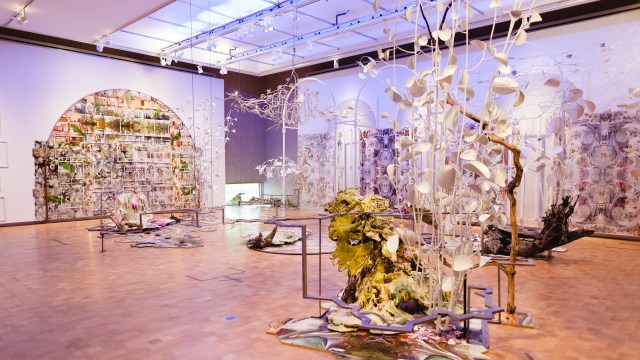Weekend Diversion: Raw Ingredients, Cubed
How food, art, and design come together to display a beauty rarely seen.
“That’s what you get for being food.” –Margaret Atwood
As anyone who’s ever played the classic arcade game Gauntlet knows, you need food to live. But when it comes to our enjoyment of food, quality, freshness and even presentation seem to make a world of difference for practically all of us. Have a listen to the Australia-based band, The Middle East, as they sing their unique, haunting song, Pig Food,
https://www.youtube.com/watch?v=sY8FfCpoJaE
While you consider what it would look like if you took the most natural, raw ingredients of all your favorite meals — fruits, vegetables and meats — and simply cut them up into 2.5 cm (1 inch) cubes.
Seems like a crazy project, doesn’t it? Well, despite what your initial thoughts might be, the result, as showcased by artists Lernert & Sanders, is nothing short of beautiful.

The art/filmmaker duo have been collaborating together since 2007, and earlier this year, the Dutch newspaper de Volkskrant commissioned them to do a piece on a simple theme: food.
The result is simply breathtaking. Take a look at the detail on some of these cubes, and consider just how carefully and deliberately cut they must’ve been to showcase the individual character of the ingredient in question.
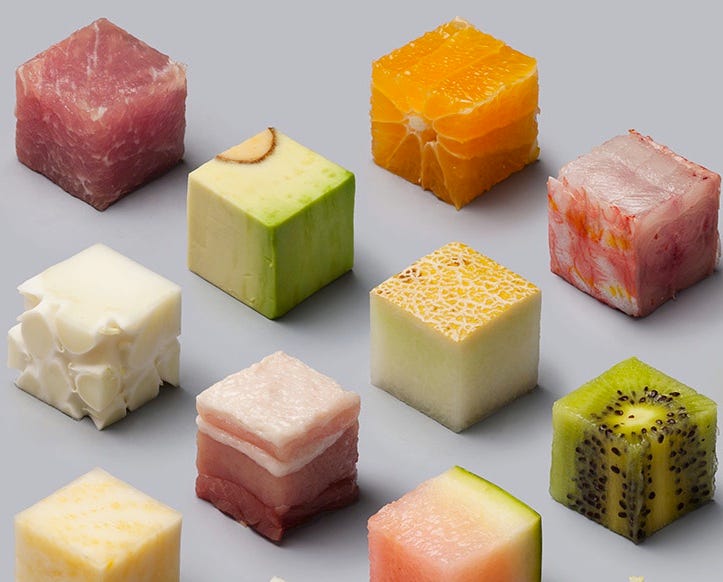
Sure, there’s meat and fish, but there are also incredibly distinctive, uniquely identifiable foods here, including avocado, a mandarin, a kiwifruit, a watermelon and (I believe) a cauliflower, identifiable even without any of the florets attached.
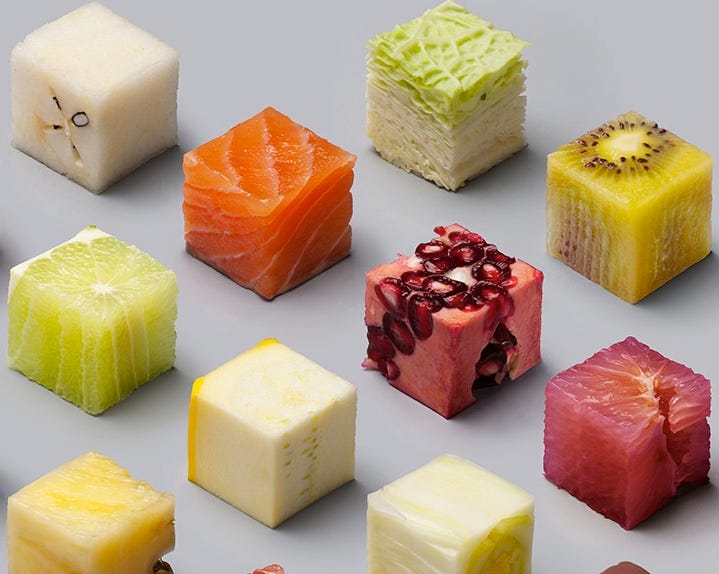
Salmon, pomegranate, grapefruit, cabbage, lime and yellow squash jump out at me, here, looking simultaneously fresh and appetizing while also presenting a sort of “food-mystery-puzzle” to solve.
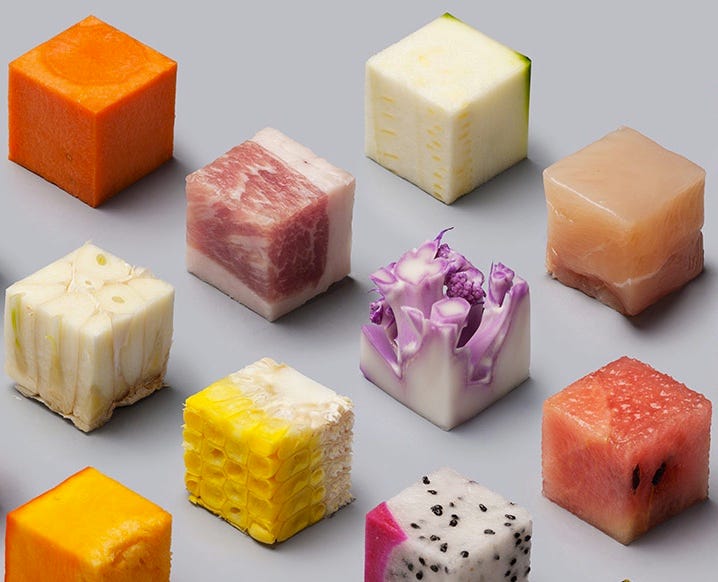
In their own way, some of these look like incredible marzipan treats, yet there are no “fakes” in any of these; they’re simply fruits, vegetables and meats cut into uniform cube-sizes.
Have a look at some more, and see if you don’t get the same kind of entranced enjoyment I do.

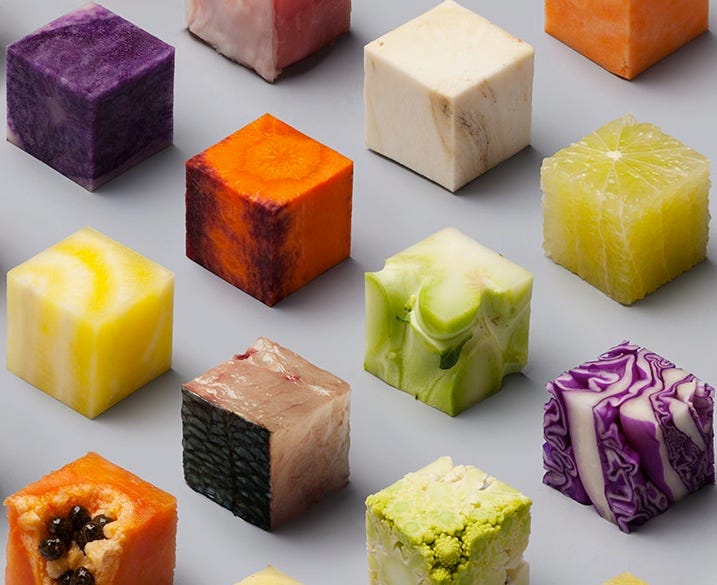
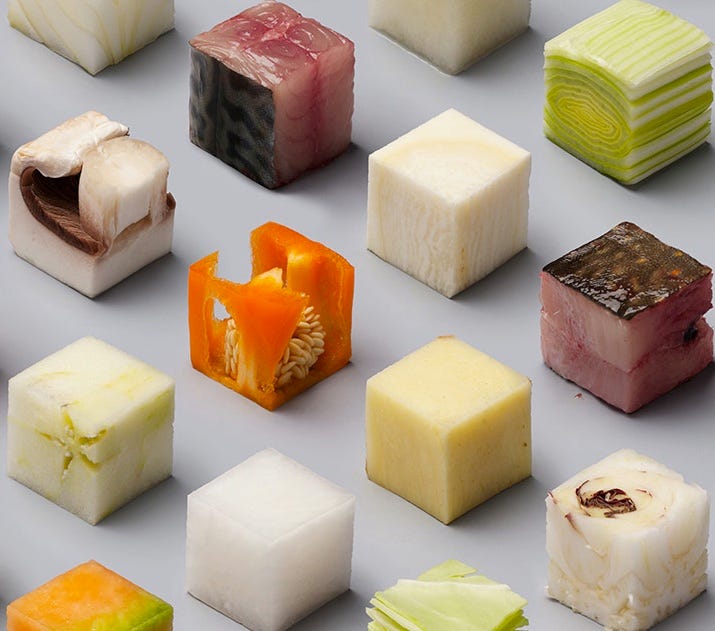
From peppers to beets to cantaloupe to carrots and mushrooms, I literally can’t stop staring at these.
And finally, if you want to buy either a C-print or a poster of this — signed by the artists — you can contact them directly here, or follow the link at the bottom of their page. As for me, I’ll leave you with this pink-and-white cube highlighted, wondering, just as I am, what exactly it might be.

Enjoy the wonders of the world — both concrete and abstract — and thanks for sharing a little bit of what I find fascinating with me. I’ll see you back here during week for more joys of the Universe!
Missed our comments of the week? Check them out here, and then leave your comments on this at our Starts With A Bang forum over on Scienceblogs!





